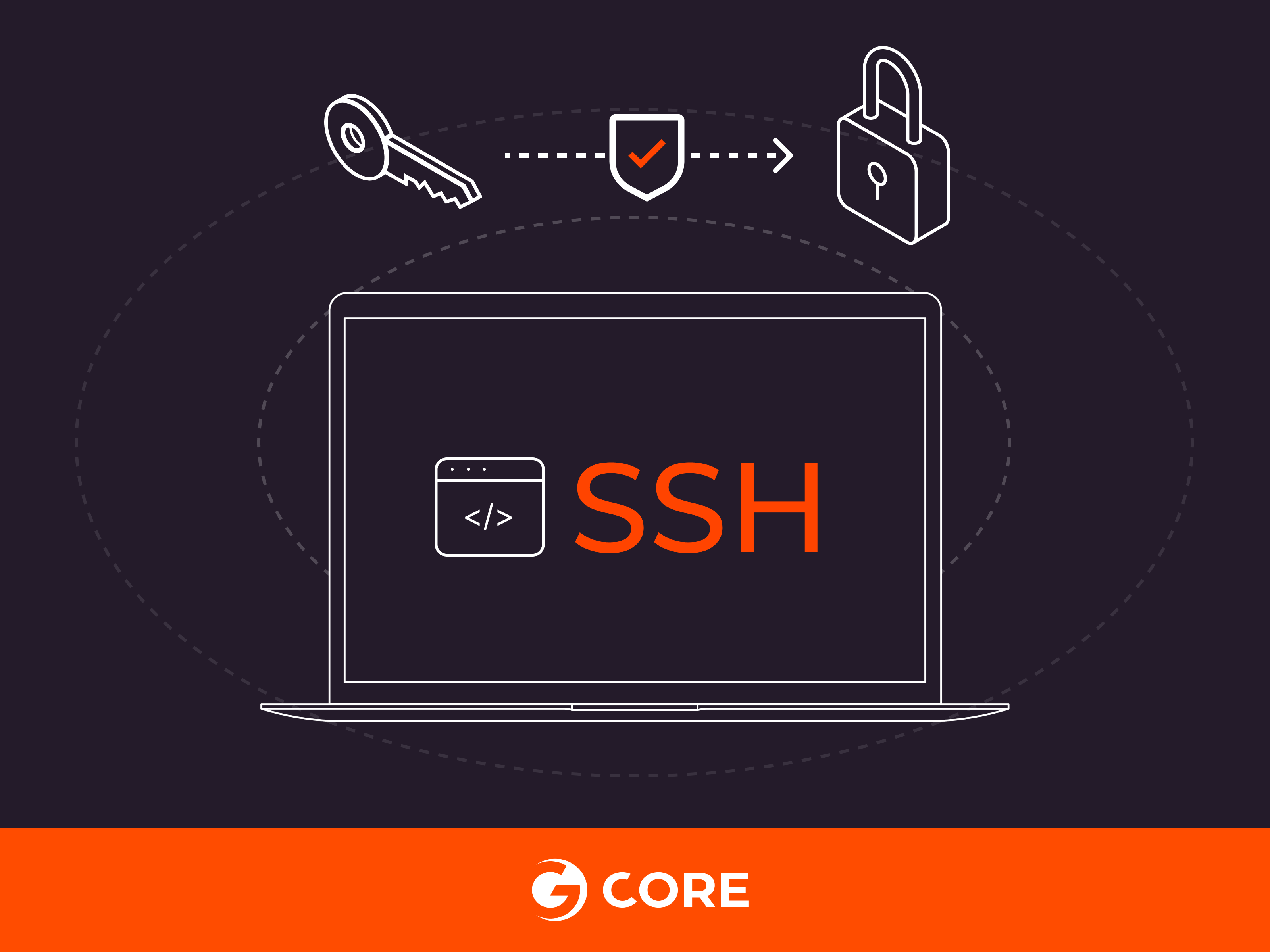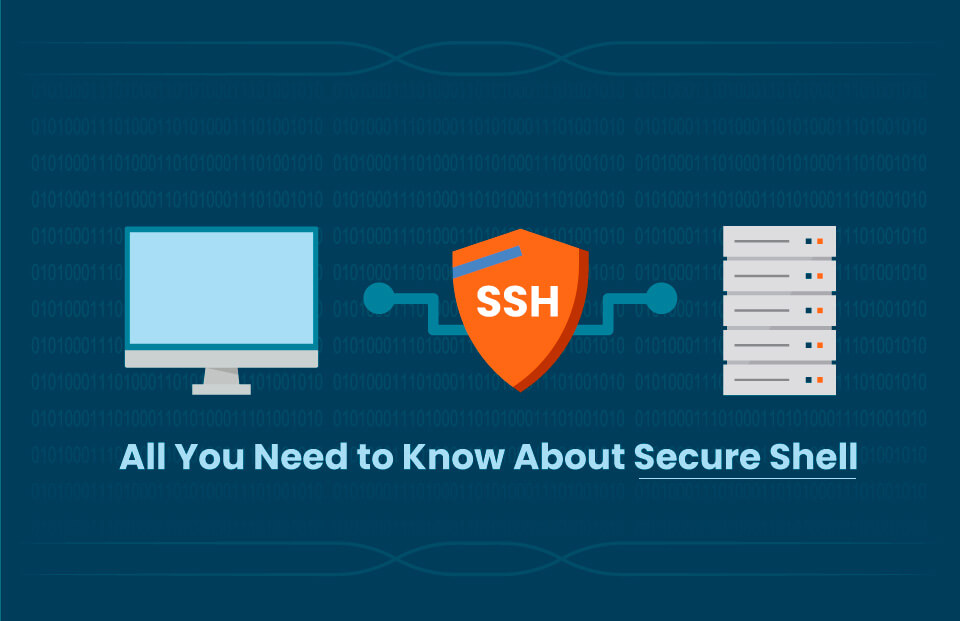SSH IoT Device Behind Firewall - Remote Access
Getting your smart gadgets and tiny computers to talk to you, especially when they are tucked away behind a network's protective wall, can feel a bit like trying to whisper secrets through a thick door. Many folks have these little internet-connected things, often called IoT devices, sitting in places where direct access just isn't an option. They might be monitoring something in a far-off shed, controlling lights in a building across town, or just doing their thing inside your home network, shielded by a firewall. This protective barrier, while good for security, makes reaching out to them a real head-scratcher sometimes.
You might want to check on these devices, give them new instructions, or just see if they are doing okay. That's where a trusty tool called SSH comes into the picture. It's a secure way to connect to another computer over a network, and it is very useful for these small devices. Think of it as a private, armored tunnel you can use to send commands and receive information back, even if there is a big, strong wall—a firewall—standing in the way, so to speak.
This discussion will walk through some common situations and solutions for linking up with your IoT gadgets using SSH, even when they are tucked away behind a firewall. We'll look at how these connections work, what can sometimes go wrong, and some good ways to set things up so you can keep tabs on your devices from almost anywhere. It's all about making sure your little machines can still hear you, you know, when you need them to.
- Unveiling The Life Of Sonya Curry More Than Just A Basketball Mom
- Unmasking The Legacy Of Christian Bale As Batman
- Christina Aguileras Inspiring Weight Loss Journey
- Tate Mcrae The Rising Star Of Pop Music
- Tobias Menzies And His Enigmatic Wife A Glimpse Into Their Lives
Table of Contents
- What's the Deal with Connecting to Your IoT Gadgets?
- Why Do Firewalls Make Things Tricky for SSH IoT Device Connections?
- How Can We Make SSH Work for IoT Devices Behind a Firewall?
- What If My SSH IoT Device Connection Isn't Playing Nice?
What's the Deal with Connecting to Your IoT Gadgets?
When you want to talk to a tiny computer, like an IoT device, from a distance, you often use something called SSH. It's a special kind of way computers communicate, a bit like a secret handshake that makes sure only the right people are listening in. You can tell you are using this method because the address you are trying to reach might start with "ssh://". This little bit at the beginning is a sign that you are about to open a secure chat channel. It's how your computer knows to prepare for a very private conversation, so to speak.
The Basics of SSH and Your IoT Device
With SSH, every machine you connect to has a special digital code, almost like a secret signature, that helps identify it. Your computer, the one you are using to connect, keeps a record of this special code for each device it has talked to before. This way, it knows it's really talking to the right device and not some imposter. It's a good safety step, honestly, making sure your conversations are truly private and with the correct party. If you are using a program like PuTTY, which is a popular tool for this, it will keep track of these codes for you. You might also want to make sure your access credentials, like your personal digital key, stay ready to go without you having to type them in every time. As some helpful folks point out, adding your special digital key to a "keychain" program can make it stay put, ready for use whenever you need to reach your SSH IoT device.
Why Do Firewalls Make Things Tricky for SSH IoT Device Connections?
Firewalls are a bit like bouncers at a club, deciding who gets in and who doesn't. They are super important for keeping unwanted visitors out of your network, which is a very good thing. But sometimes, they can be a bit overzealous and block your legitimate attempts to reach your own IoT devices. This can make it hard to get your SSH IoT device to talk to you from outside its immediate network. It's not that the firewall is trying to be difficult, it's just doing its job of keeping things secure. So, you might find yourself wondering why your connection isn't going through, even when everything else seems right. This is often the point where the firewall's strict rules come into play, making your connection attempts seem to hit a brick wall, you know?
- Exploring The Vibrant Energy Of The April Zodiac Sign
- Mozzys Wife Name An Insight Into His Personal Life
- The Remarkable Journey Of Willie Geist A Multifaceted Media Personality
- Unraveling The Journey Of Jonathan Owens A Rising Star In Football
- Noodle Recall 2024 What You Need To Know
Keeping Your SSH IoT Device Link Alive
Sometimes, if your connection to a device sits there doing nothing for a while, it might just break off. This happens because the machine you are connected to, the "host server," has a set time limit for how long it will keep a quiet connection open. When you are using a program like PuTTY, and your connection is just sitting there, doing nothing, it can cause the link to snap. To stop this, PuTTY can be set to send tiny, empty bits of information to the device every so often. These little messages, often called "null SSH packets," are just enough to let the other machine know you are still there and want to keep the conversation going. It's a way of poking the connection, in a way, to keep it from drifting off. This is pretty important for maintaining a steady link to your SSH IoT device, especially if you are not constantly sending commands.
How Can We Make SSH Work for IoT Devices Behind a Firewall?
Getting your SSH IoT device to be reachable through a firewall often involves setting up some specific rules on the firewall itself. This usually means telling the firewall, "Hey, let traffic on this specific port go through to this specific device." It's like putting a special pass on a door that normally stays locked. You are essentially creating a small opening for your secure SSH connection to pass through. This can sometimes be a bit of a fiddly process, as you need to know which port your SSH service is running on and the exact address of your IoT device inside the network. But once it's set up, it makes a huge difference in how easily you can reach your little gadgets. It's definitely worth the effort, you know, for that remote access.
Setting Up Your SSH IoT Device Access
For those using Windows and OpenSSH through PowerShell, you might want to put some common connection details into a special text file. This file, often called a config file, lets you give your devices easy-to-remember nicknames and store their connection details, like their address and the specific communication channel, or "port," they use. This means you don't have to type out long commands every time. You can just type a short nickname, and your computer will know all the specifics. To make or change this file, you just open it up with a text editor. For example, I found that I could set up an entry like "Host github.com hostname ssh.github.com port 443" to make connecting to a certain service much simpler. This kind of setup makes reaching your SSH IoT device much more convenient, saving you a lot of typing and remembering complex details, which is actually pretty handy.
Sometimes, you might want to automate the process of connecting to your devices. We have a way of doing this with a Windows batch script, for example, which uses a tool called Plink, which is part of the PuTTY family. This script can automatically link up with a Linux machine. For some situations, you might not be using the more secure public-private key method for proving who you are. Instead, the user name and password might be written right into the script itself. While this makes things very simple to get going, it's generally not the most secure way to do things, as those login details are sitting out in the open, so to speak. But for some specific, controlled setups, it's a way people get their SSH IoT device connections to happen without any manual input, you know?
What If My SSH IoT Device Connection Isn't Playing Nice?
It's not uncommon for things to go a little sideways when you are trying to connect. You might try to link up with your device using something like "user@hostname," and then you get a message saying there's a problem. This can be really frustrating, and honestly, sometimes it feels like there isn't the slightest idea why it's not working. It's like the computer is just saying "no" without giving you a good reason. When these kinds of messages pop up, it's important to take a breath and then look for clues in what the computer is telling you. There's usually a hint in that message, even if it's a bit cryptic at first. It's all part of the process of getting your SSH IoT device to behave.
Troubleshooting Your SSH IoT Device Setup
One common issue people run into with SSH is related to something called X11 forwarding. This is a feature that lets you run graphical programs from your remote device and see them on your local computer's screen. If you try to use SSH and it says that "display is not set," it pretty much means that this X11 connection isn't being sent along. To be sure that SSH is trying to send this X11 connection, you can look at the messages it gives you when you try to connect. You should see a line that mentions "requesting X11 forwarding" somewhere in the output. If that line isn't there, or if there's an error related to it, then you know that's part of the problem. Checking this output is a good first step when your graphical applications aren't showing up from your SSH IoT device, you know, when you expect them to.
Sometimes, the problem isn't about X11 or a host key, but just a general refusal to connect. You might get an "impossible" message, or just no connection at all, and feel like you haven't the slightest idea why. This is where you might need to check a few basic things. Is the device actually powered on? Is it connected to the network? Is the firewall on the device itself allowing connections? These simple checks can often clear up a lot of mystery. It's like when you can't turn on a light and then realize it's not plugged in. For whatever reason, these basic checks are often overlooked, but they are pretty important for getting your SSH IoT device to respond.
- Exploring The Life And Age Of Pete Roses Wife
- Unveiling The Enigma Vincent Price Height And More
- Unraveling The Truth Behind Ellen And Portias Divorce
- Unveiling The Life Of Justin Gatlins Wife A Journey Beyond The Finish Line
- Unveiling The Story Of Karen Gillans Partner Love And Life Beyond The Screen

SSH Tutorial: What is SSH, Encryptions and Ports

What Is SSH? | How to Use SSH (Secure Shell) | Gcore

What is a Secure Shell Protocol (SSH)? Everything to Know